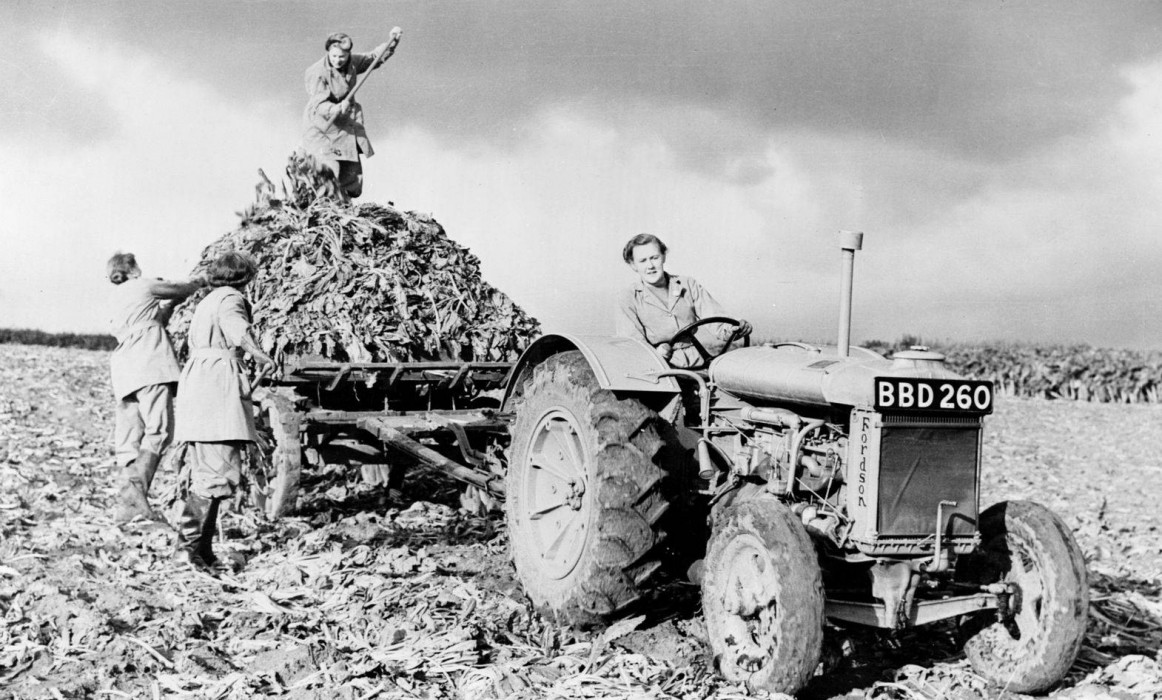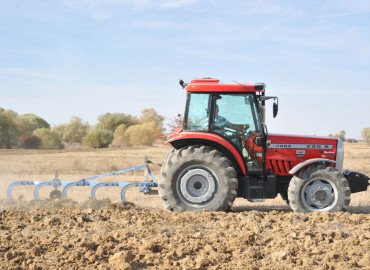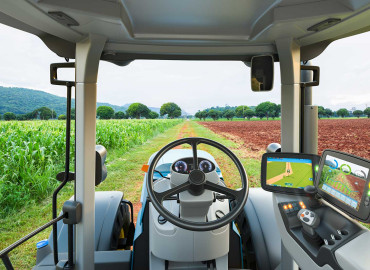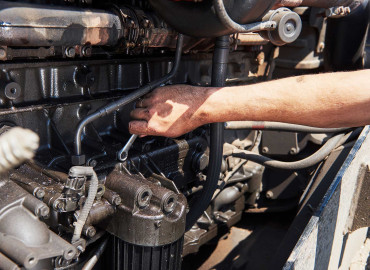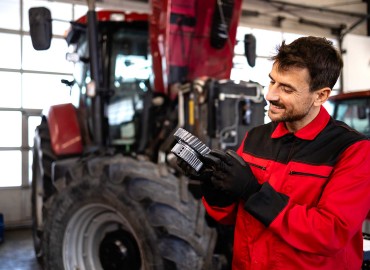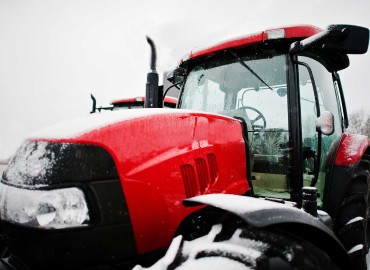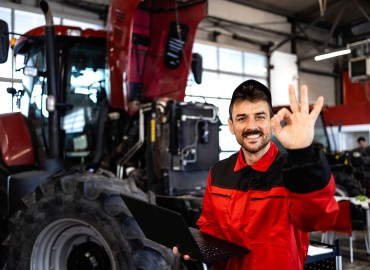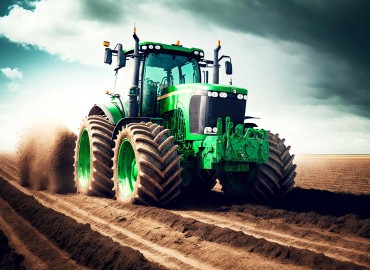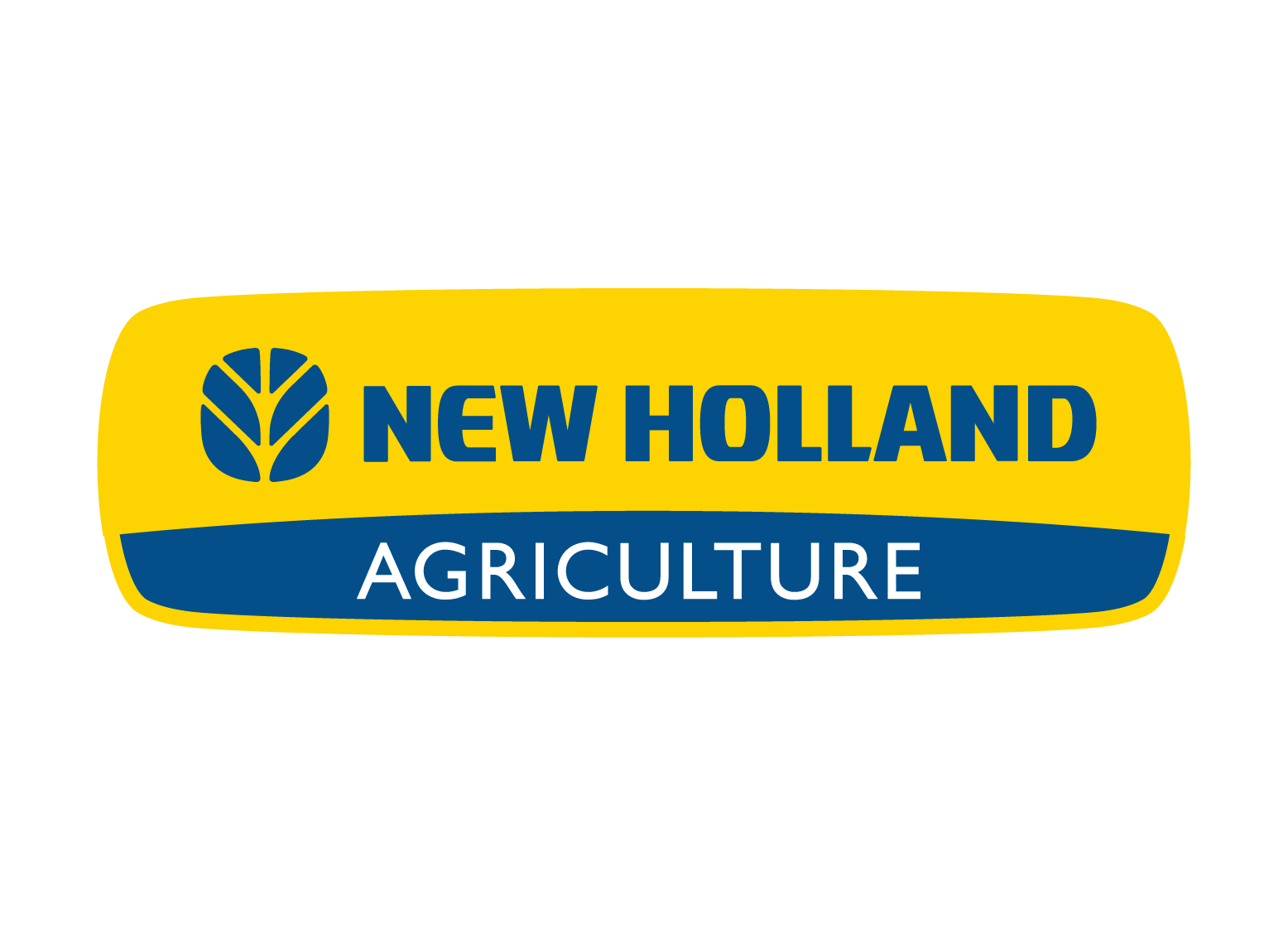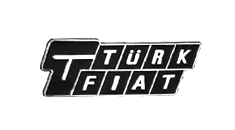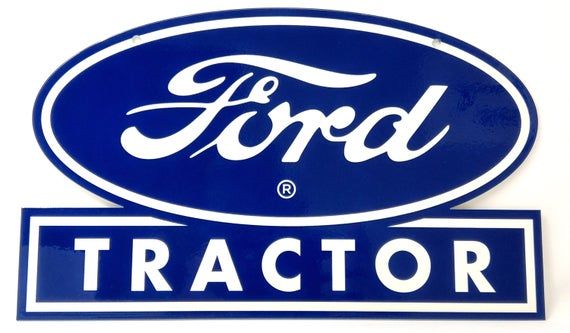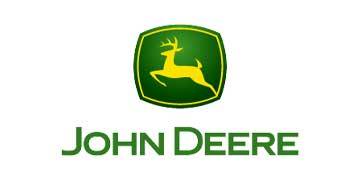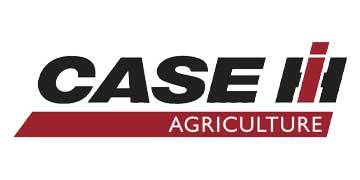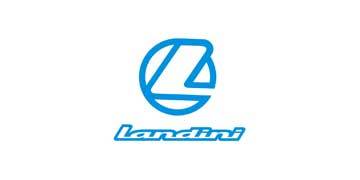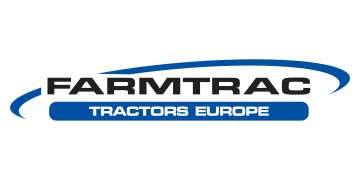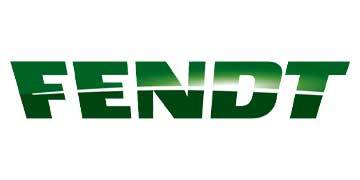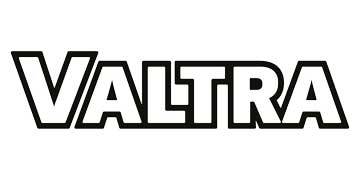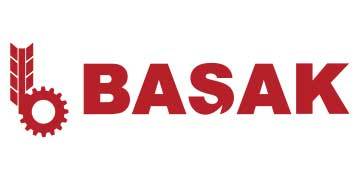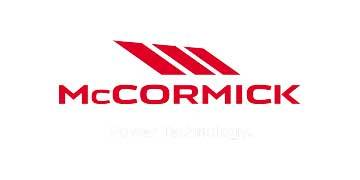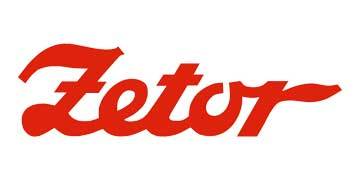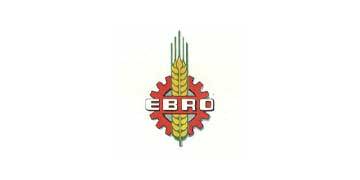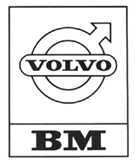The tractor is one of the essential elements of agricultural practices today. This article will give detailed information about the History and Evolution of Tractors.
Tractors and other agricultural machinery, which replaced human and animal power in agriculture, increased productivity in agriculture quickly and paved the way for the proliferation and development of agricultural lands to meet the increasing food demand. The evolution of the tractor, which was invented at the end of the 1800s and started to be developed in a short time, has continued from the 1800s to the present day.
Father of Tractors
In the late 1800s, John Froelich built the first gasoline-powered locomotive. He connected the steam chassis to a tractor and invented the ancestor of today's tractors; he made a significant contribution to the development of agriculture. Designed to tow a vehicle on wheels to the desired location, the locomotive helped drive threshers, ploughs, and irrigation tools at the time of its invention, although it is not used today. Apart from agriculture, it was also used in industries, such as the water industry, mining, operating sawmills and papermaking.
Evolving Tractor
The hydraulically controlled coupling system and the triple point coupling system were developed by Harry Ferguson and applied to the tractor. In this way, the plow and cultivator became useful and part of the tractor. The resistance of the soil against the tractor is transferred to the upper link, and a balancing force is created.
In 1913, an attempt was made by the Wallis Tractor Company to arrange the gearbox and driveline of the engine in Ohio in such a way that a separate chassis was not needed, and its application was carried out by Ford. In this way, the engine and clutch are directly connected to the gearbox, and the gearbox to the other transmission organs, thus providing a solid backbone structure for the tractor. The connections required for different agricultural implements are placed on the back and sides of the tractor.
World War I and Tractor Factories
Before and during the First World War, works such as plowing and planting in agriculture began to be done by tractors. The use of tractors has not only reduced production costs but also contributed to the opening of larger farmland and increased yields. At that time, America was the pioneer in tractor production. The tractor became widespread in Europe, and later it began to work and be used in agriculture in the lands of the countries under exploitation of European countries.
With the spread of the First World War in 1914, factories producing tractors began to produce vehicles with the capacity and size to carry soldiers to the front lines, adapting to all kinds of terrain conditions and continuing their movement.
Post-War Developments
After the end of the war, great developments took place. The technology developed to produce new vehicles during the war was also reflected in the tractors after the war:
- Although tractors took their basic shape until the 1920s, many important developments took place after this date. With the development of the tractor suitable for harvesting and harvesting, the Power Take-Off (PTO) was invented in 1925, and its integration into the tractor was ensured.
- Steel wheels, which were used until the 1930s, started to give way to pneumatic wheels after this date. In this way, the operating speed increased and the time lost on the field roads decreased while driving became safer and gained comfort.
- Between 1940 and 1950, hydraulic systems were developed to make tractors more valuable and comfortable, the starter system was installed, adjustable seats and headlights were installed, and modern tractors began to be produced.
- In the 1950s, hydraulic steering, independent PTO and power-shift transmissions took their place as modern developments added to tractors.
- In the 1960s, there was a revolution in tractor engines. Diesel engines began to be used in tractors and also alternators, turbochargers, hydrostatic transmissions and ROPS (anti-roll systems) began to appear in tractors during this period..
- In the 1970s, 4-wheel drive (4WD) tractors were introduced and intercooler was added to diesel engines in these years.
- In the 1980s, the use of sensors, monitor integrations, and controllers improved fuel economy and performance thanks to advances in technology and electronics..
Thanks to all these developments, the modern, contemporary and innovative form of tractors, which is the backbone of today's agriculture and the main power that enables the use of agricultural machinery, took shape. As Hars Traktör A.Ş, we have consistently produced quality, durable and functional products for tractor spare parts since 1983. From 1983 to the future...
 en
en  tr
tr 
